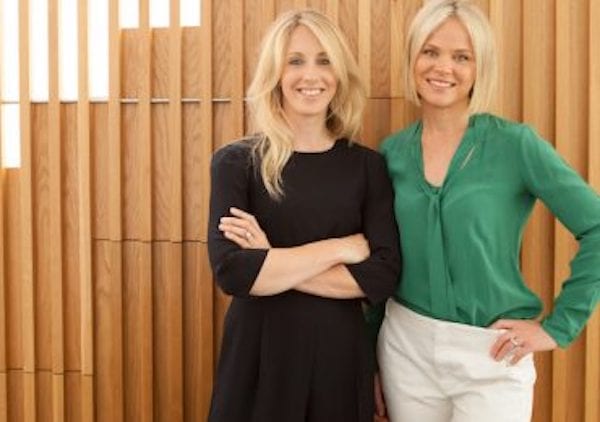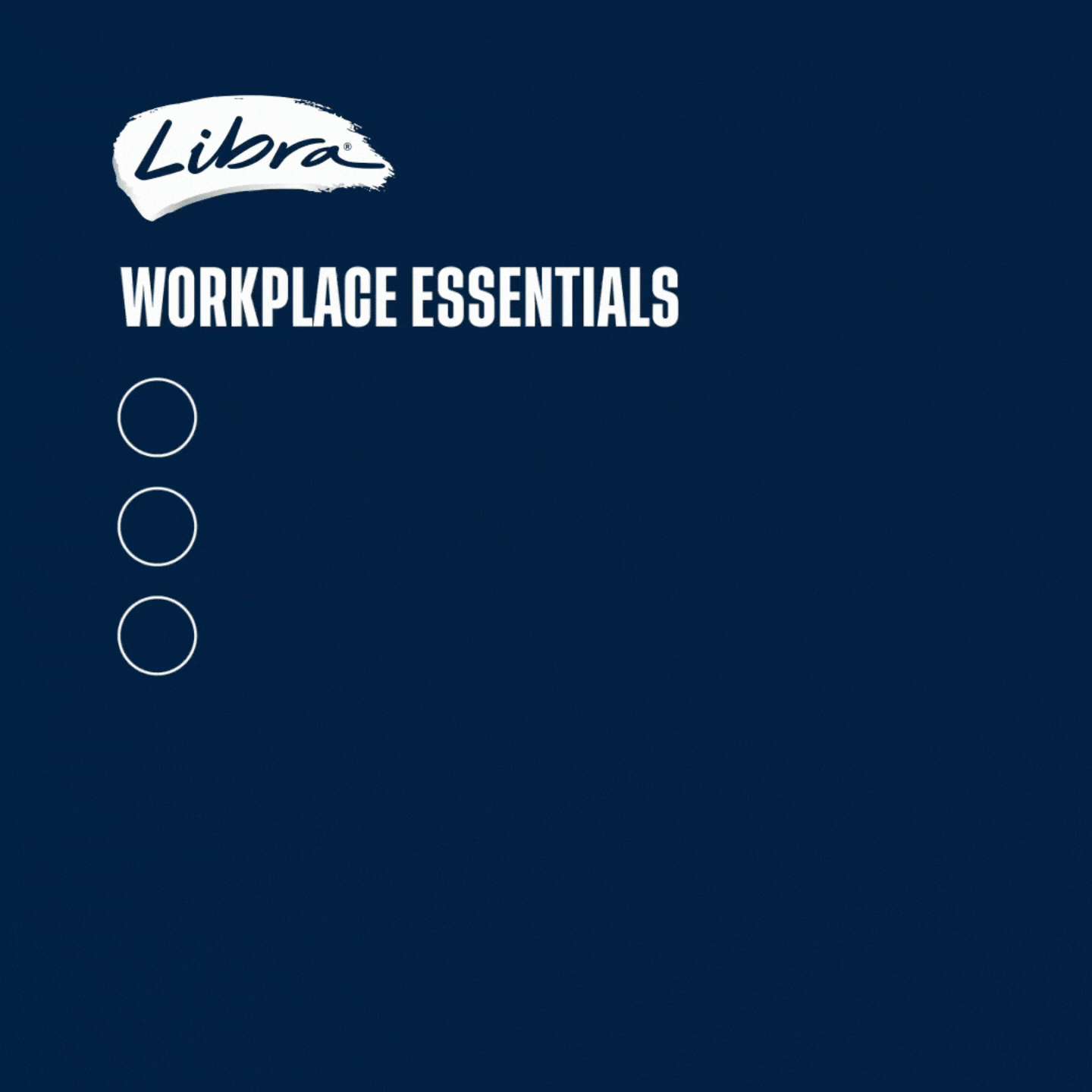Beam were the winners of our 2017 Entrepreneur of the Year Award category at the Women’s Agenda Leadership Awards. Entries for our 2018 program are now open!
The UN recently told Australia it needs to up women’s workforce participation, suggesting that flexible work should be enshrined in the Flexible Work Act.
Brilliant! But just to be clear. If flexible work is going to have this effect, it needs to include fractional (and part-time) work. Why? Because full-time work, no matter how flexible, simply excludes huge groups of society. And most of them happen to be women.
Despite 11% more organisations offering flexible working policies over the last four years, there has been virtually no change in gender equity:
- Women in CEO roles: 16.7% (<1% increase over the last 4 years)
- Women in Key Management Personnel roles: 29.7% (3% increase over the last 4 years)
- Women in overall management roles: 38.4% (2.5% increase over the last 4 years)
- The total remuneration pay gap: 22.4% (2.4% decrease over the past 4 years)
The other thing that hasn’t shifted — and this is not a coincidence — is the number of managers employed on a part-time basis. This statistic has remained stagnant at 6.3% over the last 4 years.
‘All roles flex’ a great start…but not enough
The fact is, ‘all roles flex’ or ‘full-time flexible’ policies, do not open up work opportunities to many more people, even though they allow more freedom and wellbeing benefits to full-time workers.
Many women (and some men) can only work part-time. Without part-time work in the mix, it’s just ticking a box. It feels good. But it doesn’t mobilise change.
We already know this, over and over:
- Research from BCG, HBR, Bain and McKinsey says that structurally different work models, including part-time, are a necessary component of increasing women’s workforce participation in leadership roles.
- The ABS notes that in mobilising women into the workforce, part-time work is as important to women as access to childcare (49% v 48%). This at a time when we know childcare is fraught.
- As a proportion of all employees, 25.1% are women working full-time and 21.8% are women working part-time. If you don’t advertise part-time jobs, you will never access the full pool of qualified female talent.
Compounding this effect is the lack of a pathway to part-time leadership roles.
If there’s no part-time talent in leadership roles, then companies will remain biased against part-time leaders — unless there’s a structural and cultural change to negate the effects of unconscious bias.
Part-time work as a catalyst for change
In order to make change, we need to restructure the way we plan workforces and the way we offer roles to market.
We know that many companies offer part-time roles once employees are in the door and have “proven” themselves. But this isn’t enough!
What happens when an amazing person who can only work three days a week sees a role advertised as “full-time flexible”? Most don’t apply as they know they will be competing against people who can work full-time. Some people who are confident in themselves and the system do. However this process is haphazard, varies by team and company — and must be faced, one person at a time.
At Beam, where we only offer part-time roles, we see every day the impact that upfront part-time roles have.
In Australia’s workforce, only 38.4% of people in management roles and above are women. At Beam? When we offer part-time mid to senior level roles to a broader workforce, 86% of successful applicants are women! And the 14% of successful applicants who are men working part-time are trailblazers themselves. This reflects the ratio of women to men in Beam’s talent pool. This is what a level playing field looks like.
Looking to the future of work
This is a critical conversation for any organisation to engage with.
Yes, structural changes are difficult, but with the automation of job components, the digital age we live in, the ageing population and the preferences of knowledge workers for fractional ownership — these are changes that organisations will need to confront, and confront them quickly.
We know that part-time is incredibly important for some women. But it is also important to carers, athletes, pre-retirees and millennials (who are predicted to make up three quarters of the global workforce by 2025).
If the way we plan our workforces doesn’t change soon, we will continue to see mass lay-offs, sub-optimal productivity and increasing demand for government support.
The impact on our economy, on mental health, on financial security for women and the super gap for future generations is huge. There’s a solution right under our nose — we just need to turn it on.


